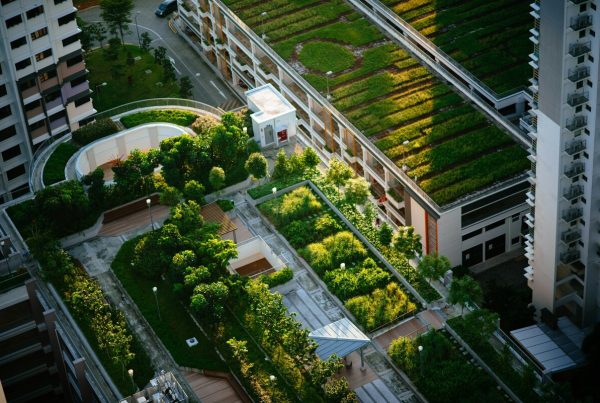USGBC’s LEED has been around for more than a decade now, and it has certainly proven to be an efficient and effective standard for pushing green building all over the world.
What we love about LEED is its transparency and openness to consultation. The refreshed LEED v4 that was launched last year was a product that resulted in weighing everyone’s opinions and argument. It showed us that there’s still room for improvement for our favourite green building tool and database, and that it’s ever-evolving for the better.
That said, here are a few things we believe would make LEED even so much better. These suggestions might be more than challenging for some, but they’re all feasible.
- Install measures that prevent cherry picking of LEED points. Currently LEED projects can target credits which they think will easily earn them the most number of points on top of the already prerequisite credits. This cherry-picking approach is one of the main criticism against LEED. If LEED builders prioritize points ahead of performance, that no doubt defeats the purpose of truly sustainable green building.
- Prioritize occupational safety and health of project workers too. LEED gives points for building design and features that ensure the well-being of future occupants, but not so much the workers’ at the time of a building’s construction, as lamented by Walter Jones. True, LEED v4 now strictly enforces a ban on chemicals of concern, and that touches on everyone’s health—occupants and workers alike. But it would be even better if there were a dedicated point system for ensuring the occupational safety and health of construction workers.
- Continuously monitor a LEED building’s actual performance even after certification. LEED v4 finally made the long-overdue decision to allow existing buildings to be a candidate for certification, so long as they earn a minimum of 75 Energy Star score. That makes a lot of sense because the performance of those old buildings has already been tested and measured for a significant period of time, not just simply projected from models. We’ve always been used to having LEED certification granted even before the building gets occupied. But if all of us in the green building industry are truly confident about our building’s performance, then we should all be prepared to let those buildings stand the test of time
- Value occupants’ feedback. A recent study using data from 65 LEED buildings (albeit LEED v2.2 and earlier) has concluded that office workers in green buildings are no less satisfied than those occupying regular buildings. That’s an alarming finding, which can cast doubts to everyone’s honest efforts in green building. If we take the time to gather feedback from building occupants—and make the necessary adjustments based on that—then we can make those buildings a whole lot better place for people to work or live in.
- LEED certifications should not be cast in stone. A building’s LEED status is not the be-all and end-all. And it doesn’t tell the whole story, at least not right at the start. Projected performance of a LEED building is very much different from actual performance, operations, and maintenance. The USGBC has admitted that in rare situations, LEED certification can be revoked. For the most part, LEED certification seems like set in stone. This shouldn’t be the case, because that would just make us complacent as we rest on our laurels. If LEED becomes flexible so as to demote or promote a building’s LEED status as necessary, then we would all be more vigilant about its performance.











